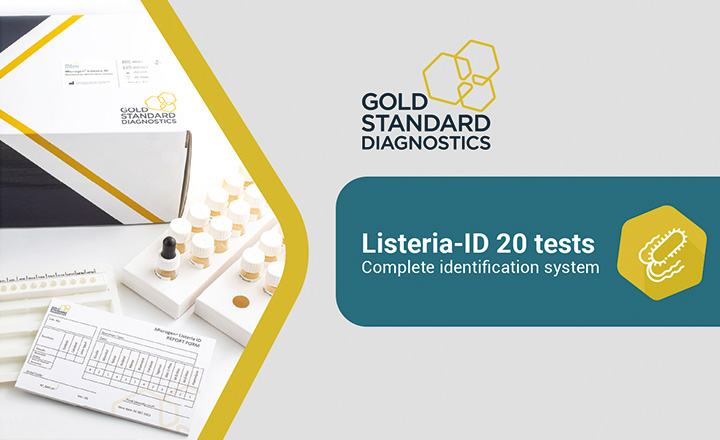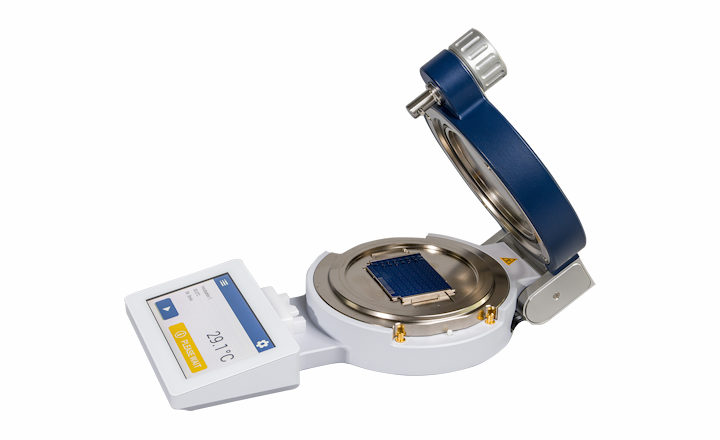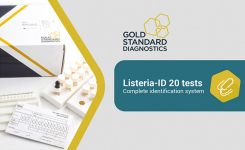At the American Society for Microbiology (ASM) Microbe 2016 conference, Bruker announced the results of a successful collaboration with the Special Bacteriology Reference Laboratory at the U.S. Centers for Disease Control and Prevention (CDC) in Atlanta, Georgia to create an expanded microorganism reference library for the Bruker MALDI Biotyper.
This new library, encompassing many rare and emerging pathogens, is now searchable through MicrobeNet (https://microbenet.cdc.gov).
Developed by the CDC, MicrobeNet is a database curated by the pathogen subject matter experts and accessible for all public health and clinical laboratories. The MALDI Biotyper system has been rapidly adopted by microbiology laboratories worldwide as fast and affordable, and as the most comprehensive microbial identification tool available today, replacing conventional biochemical and molecular assays. The supplementary microbe knowledge base generated by the CDC not only provides expanded capabilities, but access to a wealth of other information and references for MALDI Biotyper users, from different parts of the world, in the global public health arena. It will help researchers identify a wide variety of microbial pathogens more rapidly in order to better serve public health needs.
The MALDI Biotyper is a microorganism species identification system based on specific proteomic fingerprints generated from microbial strains. It is widely used in microbiology laboratories worldwide due to its proven accuracy, speed and extensive species coverage. TheMALDI Biotyper research-use-only (RUO) library contains spectra for over 2,300 species of bacteria and fungi. The MALDI Biotyper(RUO) also supports an open-library concept, enabling users to generate customer-defined and validated libraries to further enhance microorganism coverage. With the addition of the MicrobeNet MALDI TOF reference library, adding over 800 more species of rare and unusual pathogens, US and international MicrobeNet users now have direct access to the CDC library by sending the MALDI Biotyperdata and submitting the search to the CDC MicrobeNet MALDI-TOF library.
John R. McQuiston, Ph.D., Team Lead, Special Bacteriology Reference Laboratory, Bacterial Special Pathogens Branch, Division of High-Consequence Pathogens and Pathology at the CDC, stated: "Our partnership with the diagnostic testing industry, including Bruker, will lead to greater access to CDC's MicrobeNet system, and dramatically increase the capabilities of the public health community using these instruments."
MicrobeNet was launched in 2013 to help US state public health laboratories and other diagnostic labs rapidly identify rare and emerging infections, with the goal of saving time, money, and lives. Funded in part by the CDC's Advanced Molecular Detection initiative, MicrobeNet currently includes information about more than 2,400 bacteria and fungi, including images and information about growing these organisms. Every month, the CDC adds information on as many as 100 new species to MicrobeNet to further extend its utility.
George Goedesky, Vice President for Microbiology at Bruker Daltonics, said: "The public health challenge posed by emerging pathogens is clear and Bruker is committed to leveraging its expertise in MALDI-TOF mass spectrometry to address urgent challenges in the identification of common, as well as of rare and emerging microorganisms. We are very pleased to have had a long and productive collaboration with the CDC and other public health laboratories on identification of bacteria and fungi using the MALDI Biotyper. The comprehensive MicrobeNet knowledge base greatly enhances the ability of public health laboratories to respond more quickly to emerging pathogens. We are honored to partner with the CDC on the MicrobeNet project."























